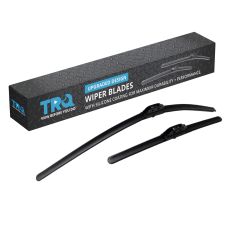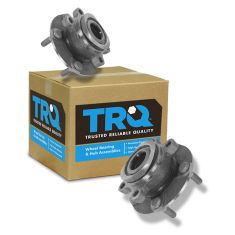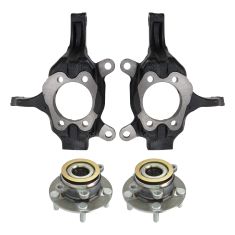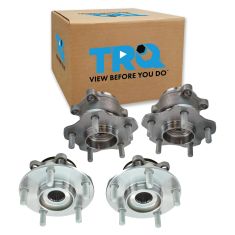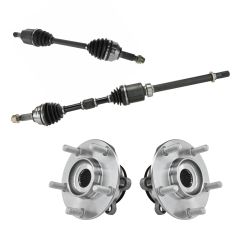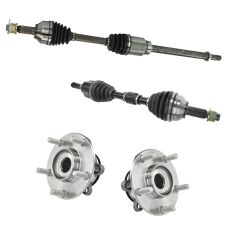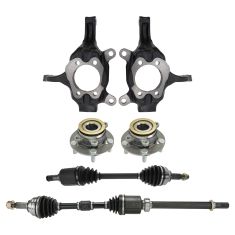1ASHS01217-Nissan Rogue Rogue Select Sentra Front Driver & Passenger Side 3 Piece Wheel Bearing & Axle Socket Kit TRQ BHA85001
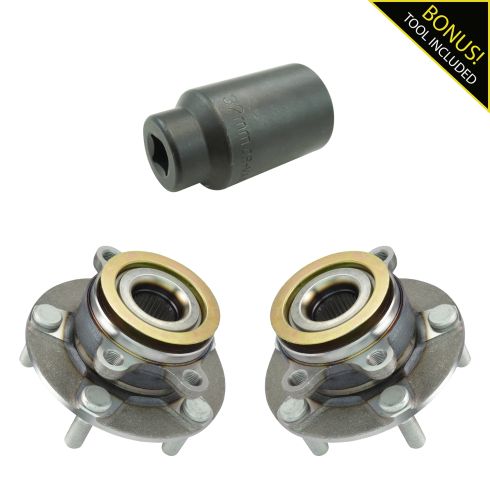


Replaces
2012 Nissan Rogue Front Driver & Passenger Side 3 Piece Wheel Bearing & Axle Socket Kit TRQ BHA85001


Recommended for your 2012 Nissan Rogue
Product Reviews
Loading reviews
Customer Q&A
No questions have been asked about this item.
Nissan is a registered trademark of Nissan Motor Co., Ltd. 1A Auto is not affiliated with or sponsored by Nissan or Nissan Motor Co., Ltd.
See all trademarks.







